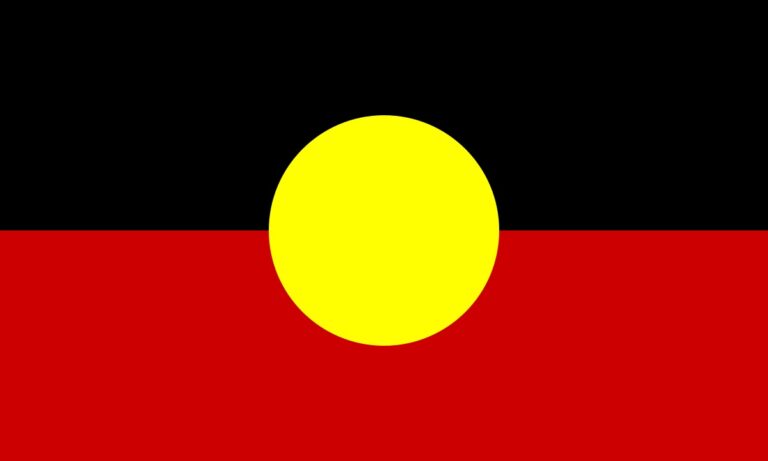Researchers
- Victoria White; Cancer Council Victoria
- Denise Azar; Cancer Council Victoria
- Agatha Faulkner Cancer Council Victoria
- Sarah Durkin; Cancer Council Victoria
- Kerri Coomber; Cancer Council Victoria
- Melanie Wakefield, Cancer Council Victoria
- Tanya Chikritzhs; National Drug Research Institute, Curtin University
- Michael Livingston; Centre for Alcohol Policy Research, La Trobe University
- Robin Room; Centre for Alcohol Policy Research, La Trobe University
Summary
This is the first Australian study to examine the relative influence of multiple alcohol policies, television alcohol advertising, retail alcohol outlet density and the proportion of alcohol-related articles in daily newspapers, on the drinking behaviours of adolescents.
The report’s results suggest that population-based policies that attempt to restrict the availability of alcohol, reduce youth access to alcohol, and reduce alcohol advertising on television may contribute to reductions in youth drinking.
Key findings
Alcohol advertising on television
Although the study recorded an overall decrease in alcohol advertising expenditure directed at television, the decrease may reflect a change in the marketing strategy of alcohol beverage companies, from general TV advertising to greater use of other advertising channels including the internet and sport and other sponsorships.
Alcohol product advertising on television was positively related to risky youth drinking.
Findings suggest that self-regulation of alcohol advertising on TV is not sufficient to stop adolescents from being exposed to these advertisements.
Alcohol advertising expenditure
The media channels used to advertise alcohol, and the specific alcohol products advertised changed during the study period. While there has been an overall decrease in expenditure on free-to-air television, this reflects a move to other methods of promotion such as social media, sports sponsorship, point-of-sale advertising and paid advertising at sports events.
Other alcohol advertising and availability
- Alcohol outlet density: Higher alcohol outlet density increases the likelihood of Australian adolescents engaging in past-month drinking and risky drinking behaviour.
- Alcohol in Australian newspapers: The number of alcohol-related articles in major daily Australian newspapers more than doubled between 2000-2011. However, the content of these articles broadened from mainly promoting alcohol by industry spokespeople to include messages from health advocates about policy/restrictions and responsible beverage service.
- Alcohol control policies: Across four states, policy in the areas of trading hours, youth access and drink driving strengthened over the 11-year period. Adoption of policies occurred at different rates, with the greatest increase seen the drink driving domain and the smallest increase seen in the trading hours domain.






